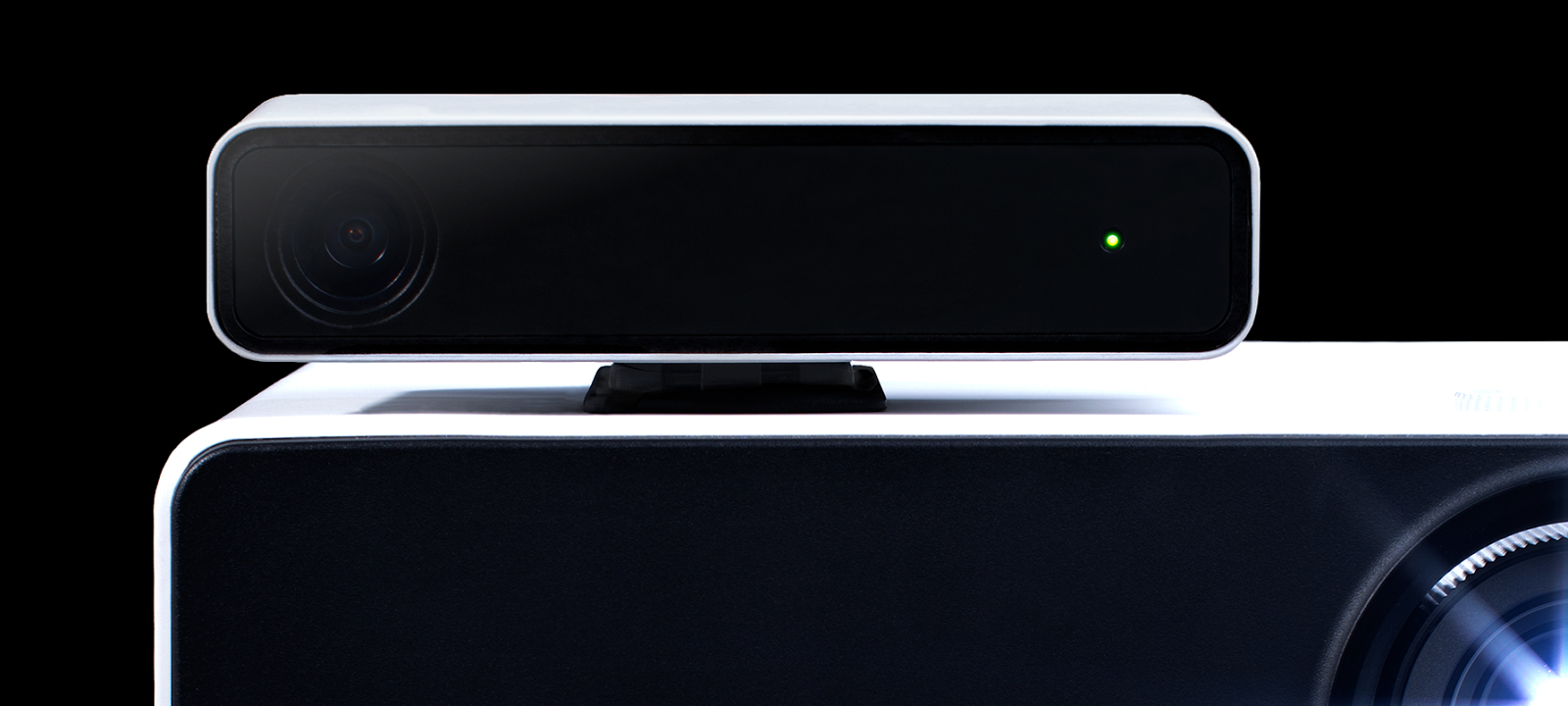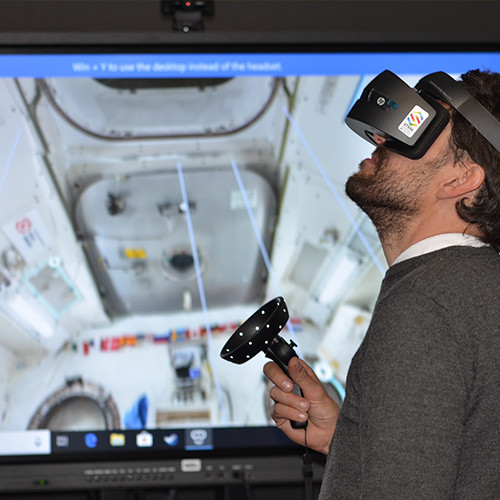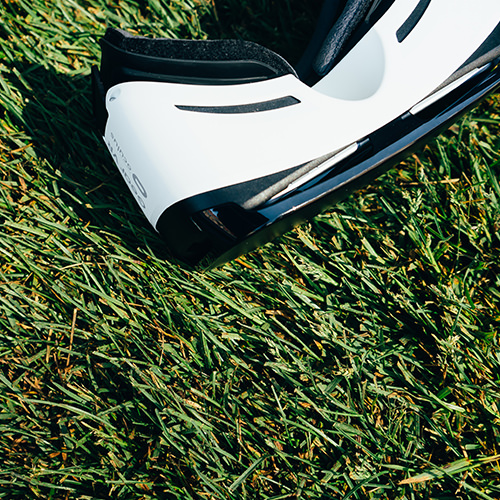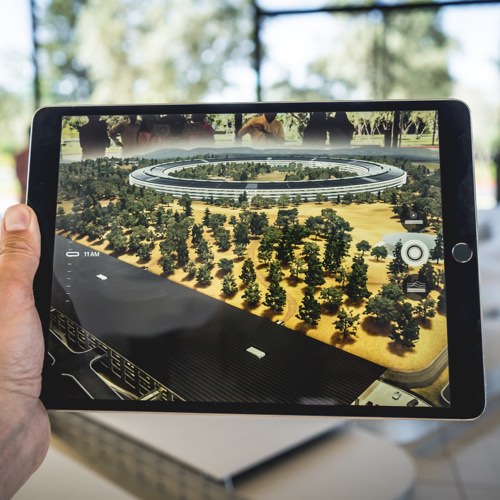Augmented Reality is the application of machine technology to overlay digital information and interactions on the physical world. Learn more.
Projected AR
Projected AR is technology that directly overlays digitals projections onto the physical world. Unlike smartphone or wearable AR, projected AR does not typically require a device to mediate and project imagery. This creates the possibility of shared AR experiences and mixed reality experience that integrate tightly with the environments in which they are installed.

Projected AR systems make use of varied machine vision technology, often combining visible light cameras with 3D sensing systems such as depth cameras. This allows the form of AR to use a technique called projection mapping, where the projected image is mapped onto physical objects, creating direct digital overlays. This allows for digital displays to appear on any surface or object.
Projected AR has been available for a while, based on integration of existing projectors and depth cameras such as Microsoft’s Kinect (originally introduced as a game controller for the Xbox game system). Dedicated systems, such as Lightform, are beginning to appear.
Light field systems should be considered cutting edge and semi-experimental today, but that will not be true for long, if the current frontrunners in the development of this technology do what they promise. Magic Leap, a secretive but well regarded firm working on Light field displays, seems to be close to making good on their promises of delivering working wearable devices, possibly as soon as the end of 2017. Other firms in this space, including Avegant, are also close to releasing broadly available hardware.
The primary advantages of projected AR are shared experiences, projection mapping onto real objects and surfaces that can provide a deeper physical and digital experience (particularly around interactions involving touch), and the ability to integrate and adapt non-AR hardware. However, most state-of-the-art projected AR requires emplacement in a specific location, and the environmental conditions on those locations needs to be carefully considered. That said, this technology has significant potential in creating immersive AR with a more visceral feel than smartphone or wearable AR.
Stay tuned for part two of this series where we tackle opportunities and challenges of AR and what it takes to design and develop for it.




